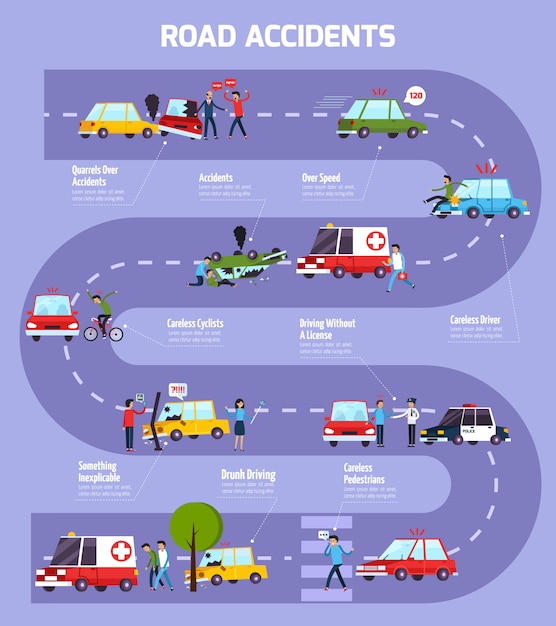

The swimlanes are used to represent the functional units and can be located horizontally or vertically depending on the type of process and one’s personal preferences.

Such kind of Cross-Functional flowcharts as Opportunity flowchart is used to determine the added value in a process, to remove the processes that don't add value, and to optimize the flow of work in the process.Ĭross-functional flowcharts are divided into swimlanes that provide an additional dimension by assigning each process step to a specified category. The cross-functional flowcharts visually delimit the process flows going between multiple functional departments, help to group sequentially the process flows during the documenting manufacturing processes, to see the interactions between stakeholders, to detect the waste, unnecessary delays and repetitive tasks. These charts visually represent a sequence of the process steps, the order of operations, relationships between processes and responsible functional units, such as departments or positions. These learnings are shared through a variety of means including annual summary reports and safety alerts.Cross-functional flowcharts are a powerful and useful tool for visualizing and analyzing complex business processes, which require the involvement of multiple people, teams or even departments. The analysis aims to identify the primary and contributory causes and identify any patterns, trends or actions which could help prevent these types of incidents happening in the future. The information reported to the ARIR is analysed with the assistance of experts in incident and accident investigation and in human and organisational factors. Where this occasionally happens, it is recorded and maintained in accordance with the Privacy Act 1988 and is not used in any ARPANSA publication. The reported information does not usually identify individuals or workplaces.

Therefore, it has a separate domain name to ARPANSA) (Please note that a third-party hosting provider created this web portal. Northern Territory: Radiation Protection, Department of HealthĪfter receiving an incident report and conducting the required analysis, the regulator submits a report to the ARIR using the web portal provided by ARPANSA:.South Australia: Radiation Protection Environmental Protection Agency.Western Australia: Radiological Council, Department of Health.Tasmania: Department of Health and Human Services, Radiation Protection.Queensland: Radiation Health Queensland.New South Wales: Environmental Protection Agency, NSW.Victoria: Radiation Safety, Department of Health & Human Services.Australian Capital Territory: Health Protection Service, Radiation Safety Section.Holistic Safety tools may assist you in identifying the primary and contributory causes of an incident and any measures that may prevent a recurrence. It will also allow us to publish meaningful information about causes and prevention measures that can be used to promote radiation safety throughout Australia. An in-depth investigation and sufficient detail about the incident will assist ARPANSA’s nationwide analysis of incidents. When reporting, please ensure that you meet the requirements of your regulatory body.

Commonwealth departments and agencies should report to ARPANSA. Find below the contact details of your radiation regulator. Users of radiation must report incidents to the radiation regulator in their state or territory.


 0 kommentar(er)
0 kommentar(er)
